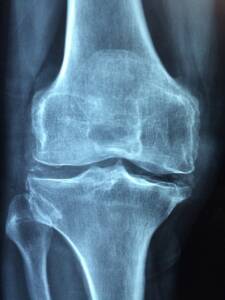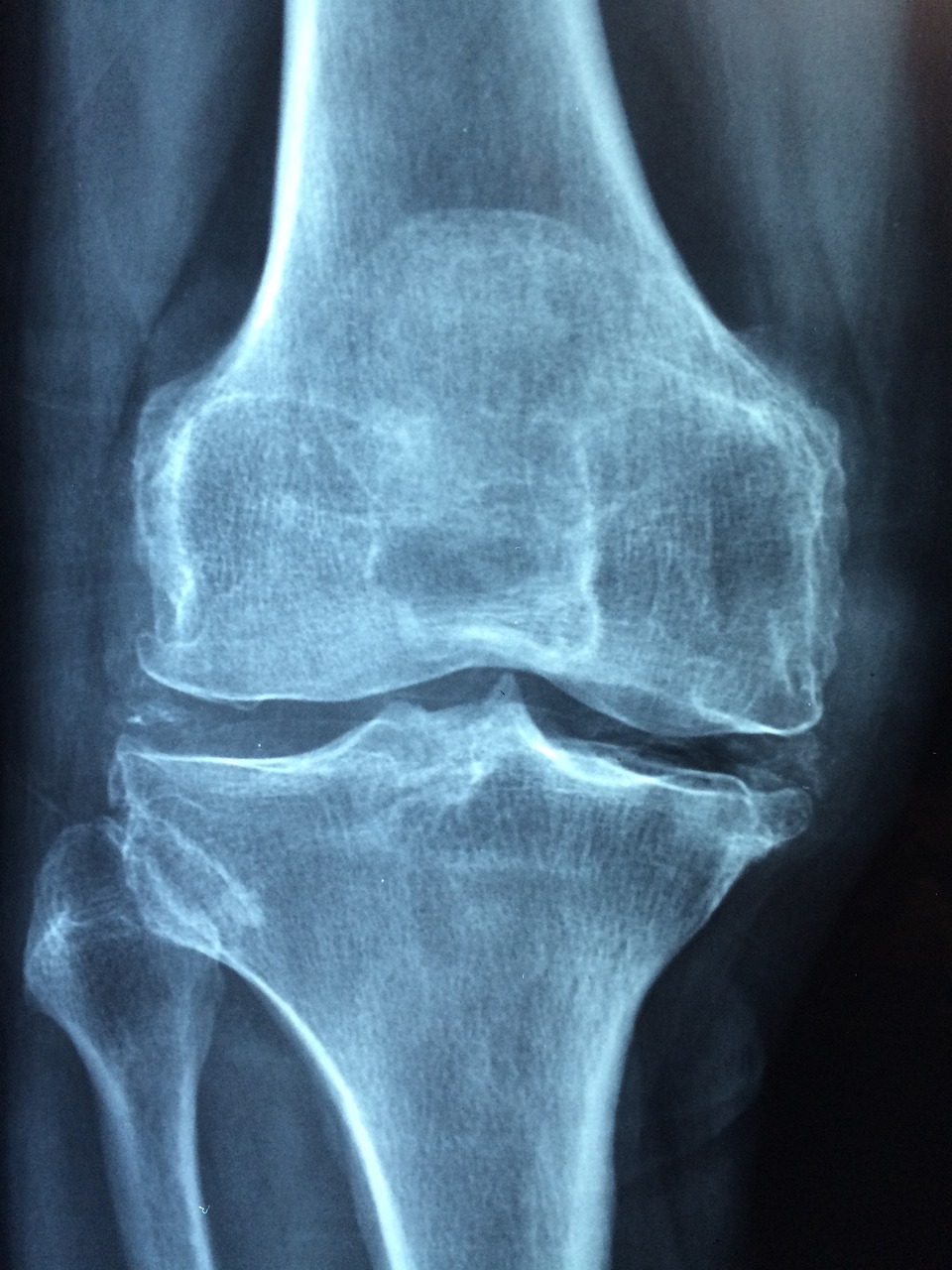Overview of Osteoarthritis:
It is a prevalent degenerative joint disorder that affects millions of people worldwide. While there is no cure for OA, lifestyle and dietary adjustments can play a vital role in managing symptoms, reducing pain, and improving overall quality of life. It is the most common form of arthritis affecting millions of people worldwide. This article shows the importance of dietary choices and lifestyle adjustments in the management of osteoarthritis. It can cause inflammation and damage any joint, the disorder most commonly affects joints in your hands, knees, hips and spine. To know more about acute and chronic inflammation, read this article https://sparklinglifestyle.in/dealing-with-chronic-inflammation/
Introduction on Osteoarthritis:
Osteoarthritis is characterized by the gradual breakdown of joint cartilage, leading to pain, stiffness and reduced joint function. As a chronic condition, primarily affecting the joints, OA often requires long term management to reduce discomfort and maintain mobility. While medications and medical treatments are commonly employed, lifestyle modifications and dietary strategies can provide valuable support to people living with OA.

Dietary changes for osteoarthritis:
Balanced nutrition:
Maintaining a balanced and nutritious diet is essential for managing OA. Adequate intake of essential nutrients like calcium, vitamin D and antioxidants (vitamin C and E) supports bone health and help reduce inflammation.
Omega-3 fatty acids; Rich source of Omega 3 fatty acids in the diet, such as fatty fish, salmon, and mackerel), walnuts and flaxseeds can help reduce inflammation and joint pain associated with OA.
Healthy fats; Choose Monounsaturated and Polyunsaturated fats. For example, olive oil, avocados, and nuts over saturated and trans fats. These healthier fats can help reduce inflammation and promote heart health.
Protein-rich foods; Incorporate lean protein sources like poultry, fish, beans, lentils, and low-fat dairy products. Protein supports muscle maintenance and repair, which is crucial for joint stability and function.
Vitamin-C rich foods; Citrus fruits, berries and leafy greens provide vitamin C, which is essential for collagen formation and cartilage health.
Spices and herbs; Turmeric and ginger have anti-inflammatory properties and can be added to meals or consumed as supplements to help manage OA- related inflammation.
Hydration: Drinking plenty of water supports joint lubrication and overall bodily function. Hydration is particularly important for those with OA to maintain joint flexibility.
Limit processed and sugary foods; Processed foods and those high in refined sugars can contribute to inflammation and weight gain, which exacerbate OA symptoms. Instead of that use whole nutrient- dense foods.
Lifestyle changes for Osteoarthritis:
Weight management: Maintaining a healthy weight is a cornerstone of OA management. Excess weight puts additional stress on joints, particularly weight bearing joints like the knees and hips. A combination of a balanced diet and regular physical activity can aid in weight management.
Regular exercise: Engaging in low- impact exercises such as walking, swimming, and cycling can help improve joint function, strengthens muscles, and reduce pain. Consult with a doctor before starting a new exercise plan.
Strength training: Incorporating resistance exercises to build muscle strength around affected joints can provide additional support and improve joint stability.
Flexibility and range of motion; Stretching exercises and activities like yoga can help maintain flexibility and range of motion in joints, reducing stiffness and improving mobility.
Joint protection: Practicing proper body mechanism can help minimize joint strain and prevent further damage.
Stress management: Chronic stress can exacerbate pain and inflammation. Techniques like meditation, deep breathing and mindfulness can help manage stress and improve oral well-being.
Adequate rest: Getting sufficient quality sleep is essential for managing pain and supporting the body’s natural healing processes.
Conclusion.
Osteoarthritis management involves a multi-faceted approach that combines medical treatments with lifetime adjustments and dietary modifications. For example, Healthy fats and anti-inflammatory foods can help manage pain and inflammation. Lifestyle changes such as weight management, regular exercise, strength training and stress reduction techniques can contribute to improved joint function. However, people need may vary. It is important for people with OA to work closely with doctors to identify dietary and lifestyle recommendations. Lastly, by adopting a holistic approach to osteoarthritis management, people can enhance their quality of life and better manage the challenges caused by this chronic condition. To know more about overall wellness, read my latest book, the magical ways for sparkling lifestyle.



Leave a Comment